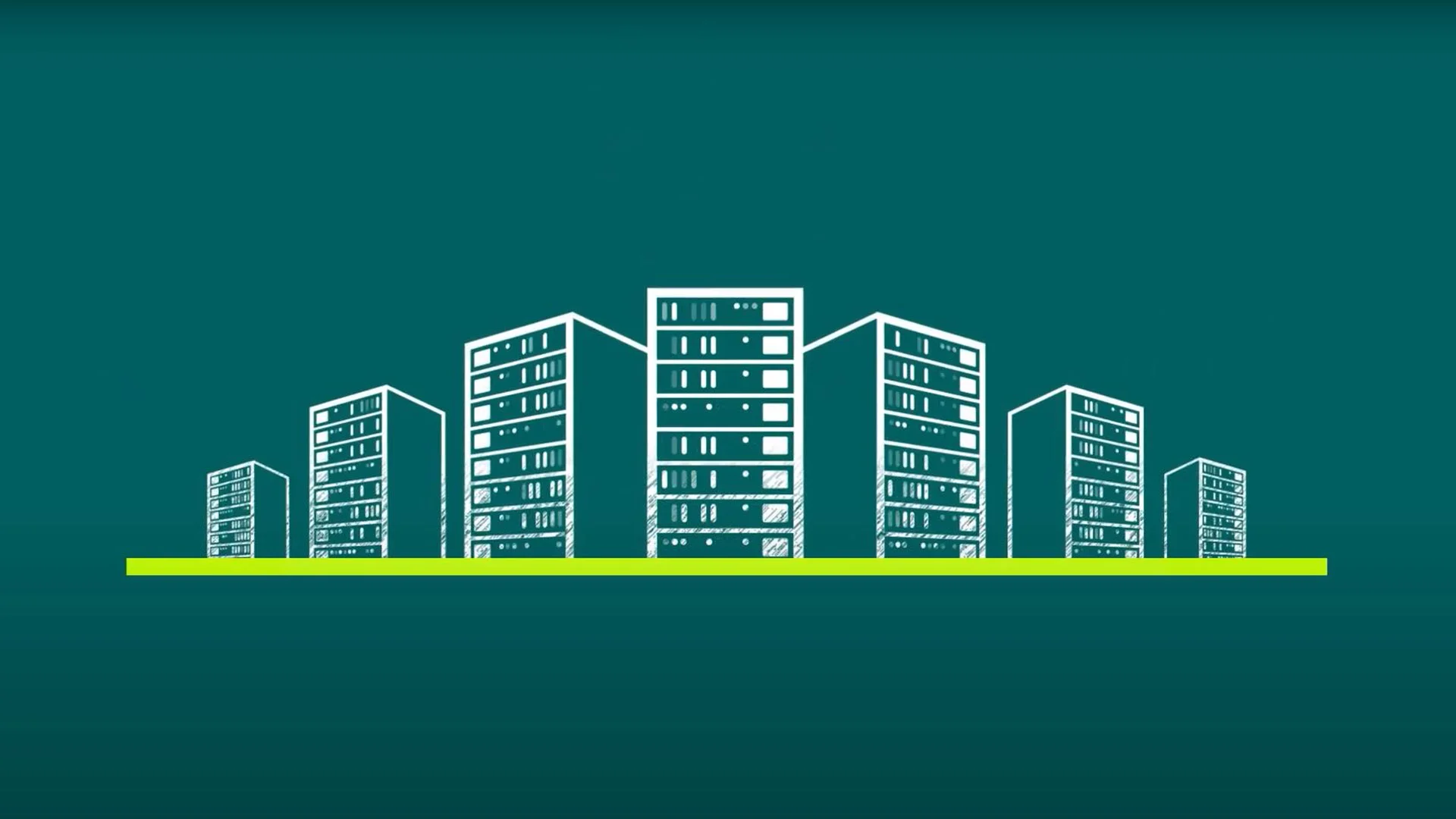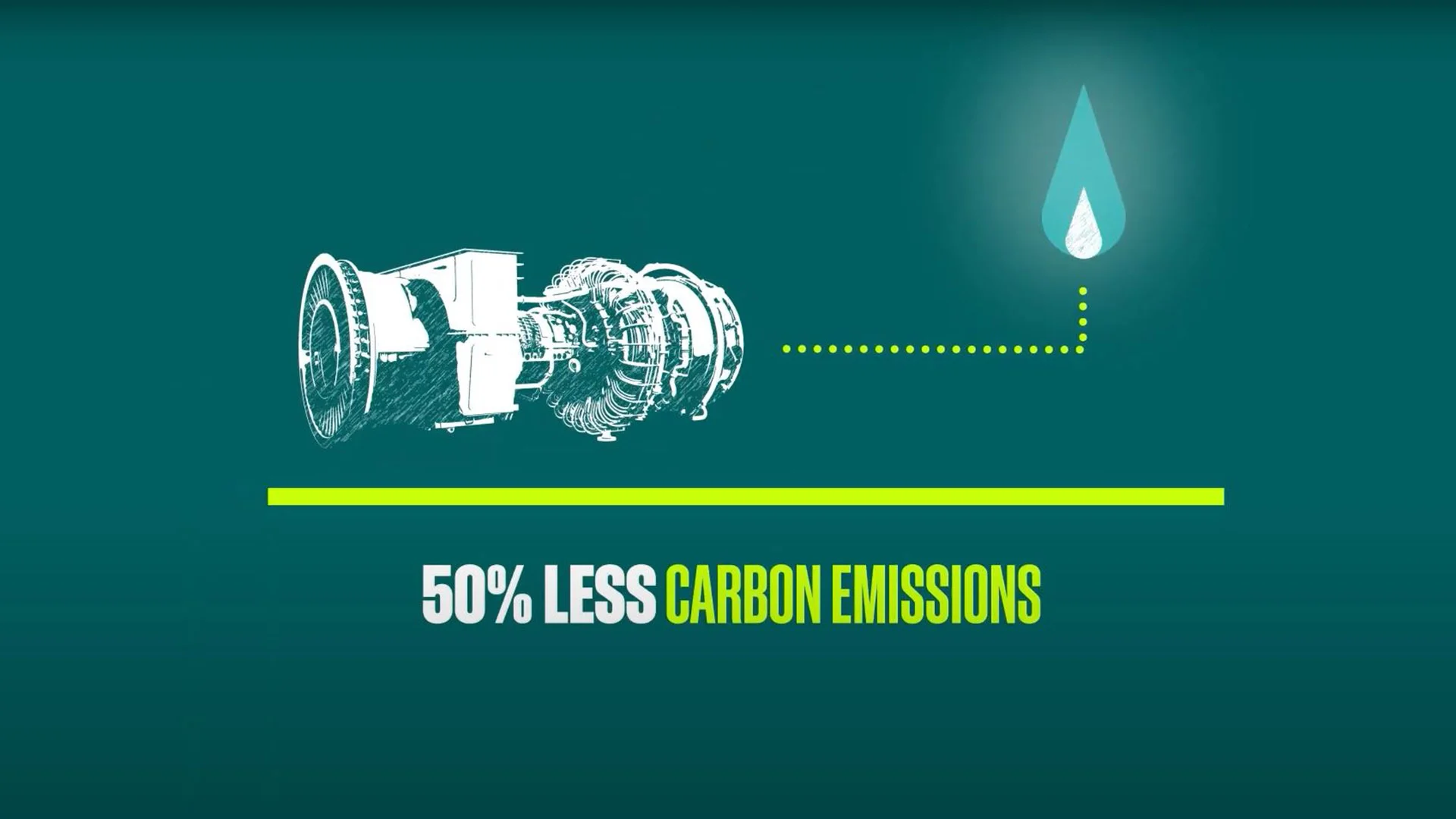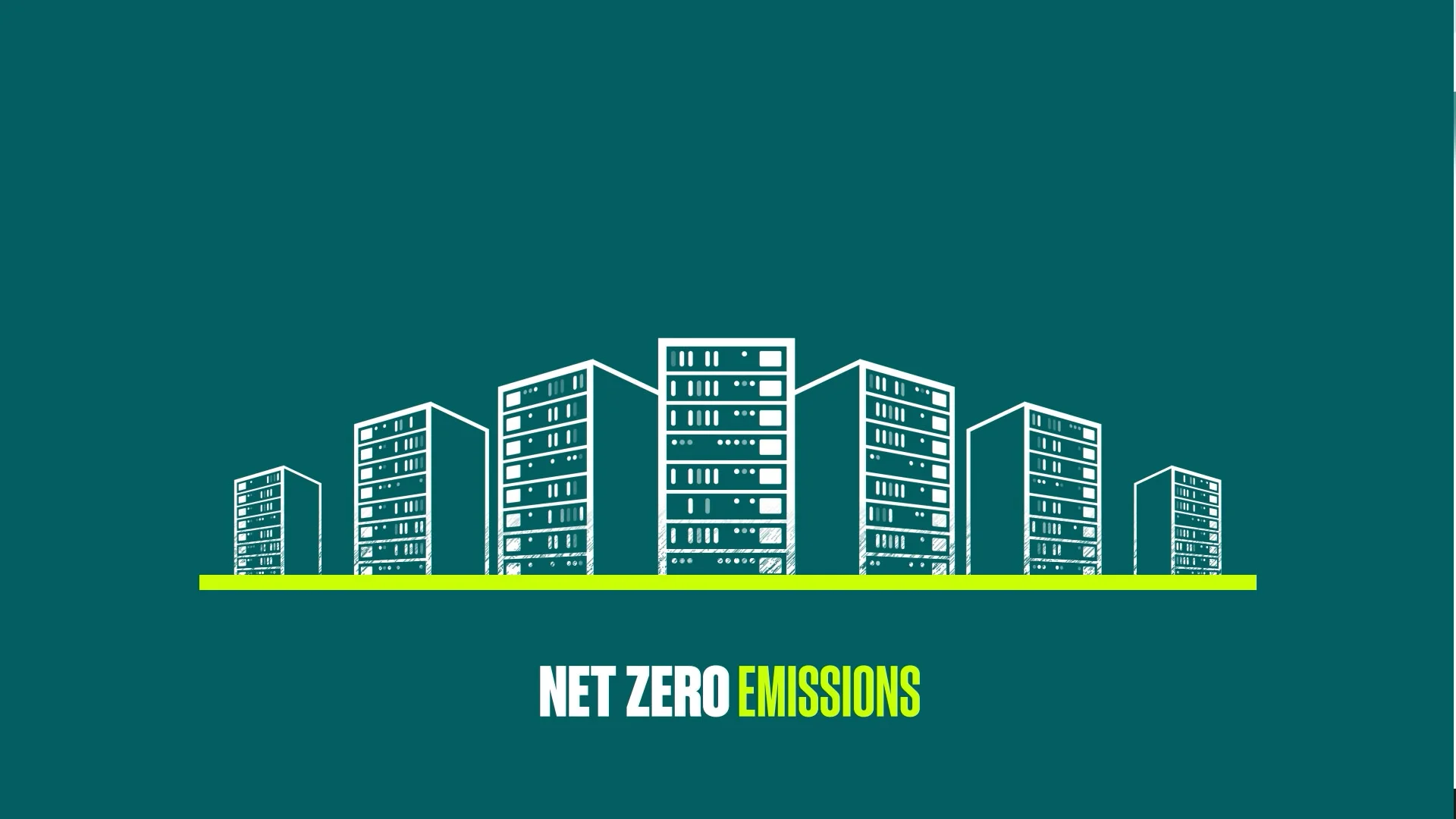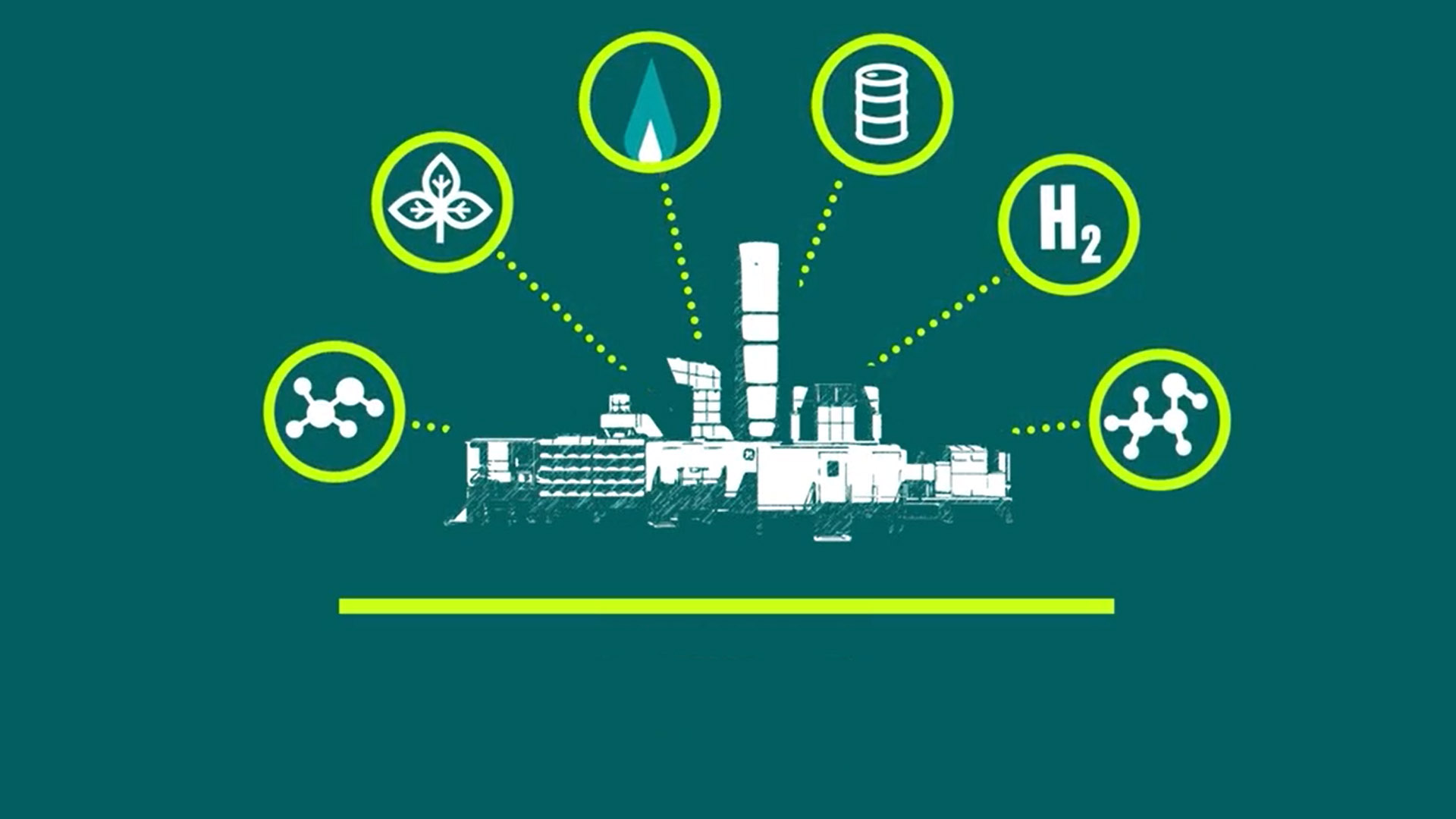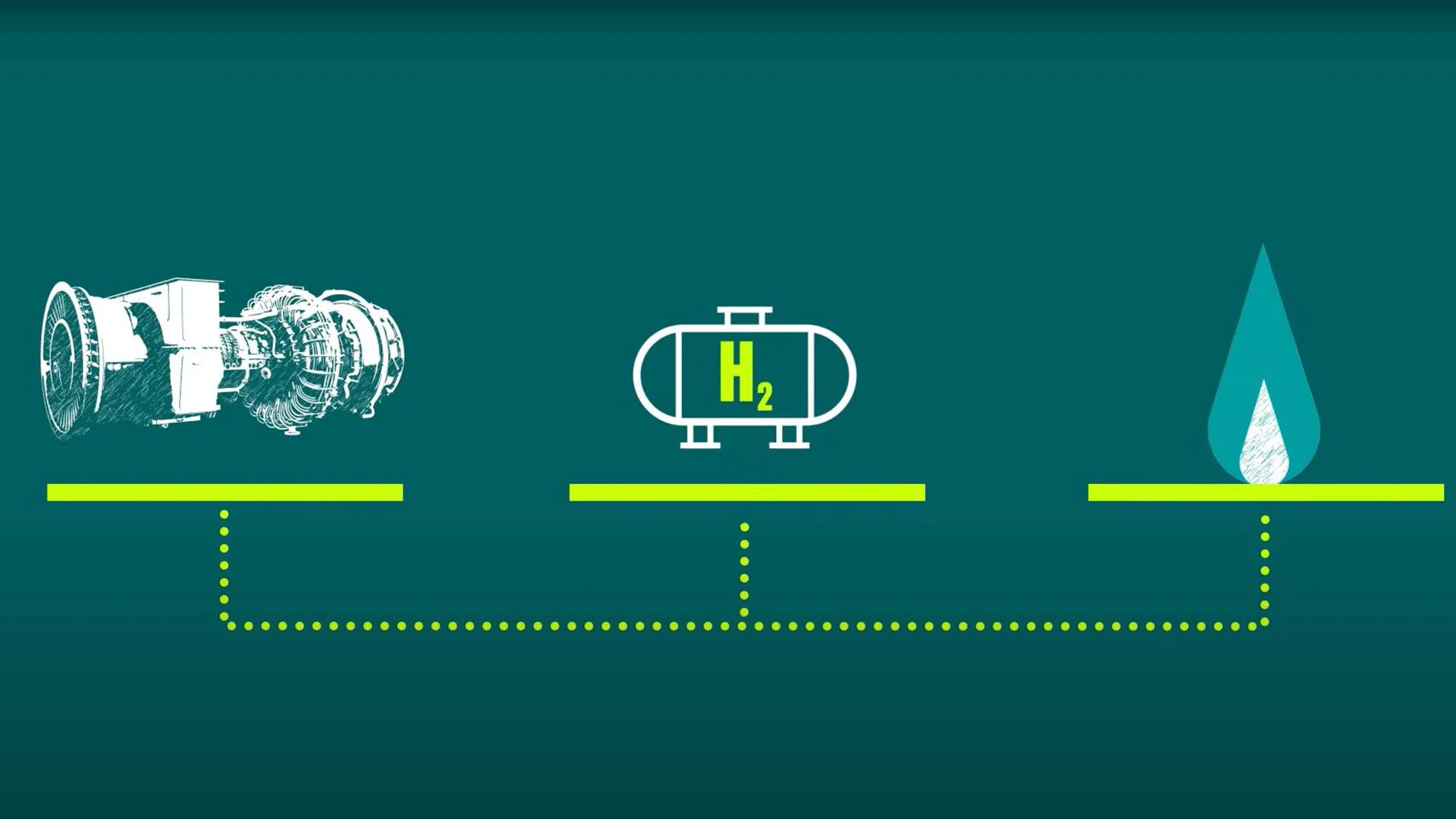Data centers: Frequently asked questions
August 05, 2025
15 minutes
Your questions—answered
Selecting the right site can be crucial to long-term success. Key factors include:
GE Vernova supports data center developers with a comprehensive, data-driven approach to site evaluation. Our Consulting Services team combines deep expertise in energy markets, grid infrastructure, and environmental risk to help customers identify locations that are not only viable today—but can be sustainable for the long term.
GE Vernova uses a combination of advanced modeling tools, geospatial analysis, and industry data to assess critical factors that influence data center site viability:
These methodologies provide a holistic view of site potential—helping customers select locations that are more suitable for reliability, efficiency, and growth.
The data center industry prioritizes four key metrics: reliability, availability, redundancy, and cost-effectiveness. These standards—often guided by organizations like the Uptime Institute—reflect the mission-critical nature of data center operations, where even brief outages can have consequences.
Gas turbines, including both aeroderivative and heavy-duty models, are well-aligned with these metrics. Aeroderivative turbines, derived from aircraft engine technology, are known for their exceptional reliability and rapid start-up capabilities, making them ideal for applications where uptime is of high importance. Heavy-duty turbines offer robust, sustained output for larger-scale operations with consistent performance and strong lifecycle economics.
With the right configuration, gas turbines can serve as primary power, backup generation, or part of a hybrid system, supporting high availability and redundancy targets while helping data center operators manage long-term costs and energy risk.
Reliability is a cornerstone of the data center industry, making power generation a mission-critical function. Both heavy-duty and aeroderivative gas turbines are engineered for dependable performance in high-stakes environments. Aeroderivative turbines—derived from aviation engines—are known for their fast start and proven reliability, while heavy-duty turbines offer robust, high-capacity output ideal for baseloads. These technologies are already trusted in critical applications like hospitals, medical centers, and industrial facilities. If we trust gas turbines to power life-saving infrastructure and global aviation, they’re more than ready to power our data-driven world.
Yes. One of the key advantages of gas turbine technology—both aeroderivative and heavy-duty—is its scalability. Operators can start with a smaller configuration, such as a 20–30 MW aeroderivative unit, and add capacity over time as data center demand grows. For larger or hyperscale applications, heavy-duty turbines offer high-output solutions that meet continuous, large-scale power needs. Whether you're building a regional data hub or a hyperscale campus, gas turbine solutions offer the flexibility to grow with your operations—reliably and efficiently.
Gas turbines—both aeroderivative and heavy-duty—can play a strategic role in a wide range of data center use cases. Whether the generation assets are owned by the data center itself, a utility, or an independent power producer (IPP), gas turbines offer flexible solutions to meet growing and mission-critical energy demands.
In areas with unreliable grid infrastructure, aeroderivative gas turbines can serve as the primary power source, providing dependable, continuous energy. Aeroderivative turbines are especially suited for these applications due to their fast start capability and fuel flexibility—with the ability to run on natural gas, diesel, ethanol, and even hydrogen.
They’re also ideal for backup power. With the ability to ramp up in five minutes, aeroderivative gas turbines can seamlessly cover load during utility outages, maintaining uptime for critical operations. In hybrid configurations, they can be paired with batteries to provide ultra-fast response and enhanced grid services. GE Vernova is a leader in hybrid systems, including Enhanced Gas Turbine (EGT) solutions that combine gas turbines and storage for improved flexibility.
For temporary or transitional needs—like during testing, commissioning, or utility delays—mobile gas turbine units such as the TM2500 can provide bridge power to keep data center projects on track.
Across all these use cases, gas turbine systems can also be configured to export power back to the grid, helping offset investment costs and enabling a more dynamic role in the broader energy ecosystem.
Diesel generators have been serving the data centers segment for years, and they were a good fit at the time. But in today’s 5G world, with cloud computing and AI online activity leaving a carbon footprint, diesel is not a sustainable solution. It could still be relevant in some cases, but when we get to the point where Megabytes and MWH are at the higher side of the curve, there’s a need for a more power dense solution—especially in areas where real estate is an issue or decarbonization targets are pressing. Aeros are more reliable than diesel generators, and they have dual fuel capability. So it’s time to think differently about how we can cover growing data center needs outside of the conventional backup umbrella.
The response of GE Vernova’s gas turbines—both aeroderivative and heavy-duty—depends on how they are configured and the specifics of the power market they operate in. When connected to the grid and running, these units can actively support grid stability by regulating frequency and voltage, or by providing inertia in response to sudden load variations.
In situations where real-time pricing is a factor, gas turbines can be dispatched based on economic signals—but this requires integration with the right control systems. GE Vernova offers microgrid and plant controllers capable of enabling this functionality, including modules for price-based dispatch and advanced grid support.
Whether acting as baseload, peaking units, or part of a hybrid solution, our gas turbines can be configured to respond intelligently to both operational and economic triggers—providing flexibility in a wide range of power segments.
Global data center growth is creating energy load, carbon footprint, and reliability issues for utilities. In our first FAQ video, GE Vernova’s Ihab Chaaban explains how microgrid configuration allows power producers to control power demand without having to rely on the grid.
There are several ways aeroderivative gas turbines can help data centers contribute to decarbonization—from running them on natural gas instead of coal to claiming carbon credits. GE Vernova data centers expert Ihab Chaaban provides the full story.
Here’s a hint: It might not be the same for each data center. GE Vernova’s Ihab Chaaban explore the many paths to reaching net zero—including hybridizing thermal assets with renewables and batteries. Watch our FAQ video!
GE Vernova’s aero LM packages run on a wide variety of fuels, including hydrogen, and they can be configured as dual fuel gas turbines when backup fuel is required. In our fourth data centers video, GE Vernova data centers expert Ihab Chaaban provides the full story.
There are efforts in the U.S. to create several hydrogen hubs with a goal to reach 100% clean electrical grid by 2035 and net zero carbon emissions by 2050. GE Vernova has been running aero gas turbines on blends of hydrogen and gas for years. Our aeros can be engineered and shipped to run on hydrogen or modified onsite.
Further reading
Learn more about how GE Vernova gas turbines are helping data centers keep up with rising power demands today—and in the future.
Contact us
Talk to us
Tell us about your project and how we can help. Someone from our team will be in touch soon.
